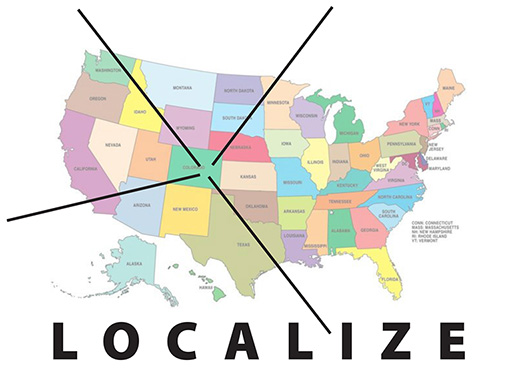There are lots of vague ideas about how to finish those final spreads of the 2020 book, and you are likely in the midst of adjusting your ladder, your coverage plans, and more. There is no one way to cover our extraordinary spring, of course, but here’s something to consider.
Art is going to be at a premium. Action photos? We have no spring sports to cover, no school musical, no prom, and maybe no graduation. Spring is the culmination of an entire year (and about 13 years of education for seniors), but those capstone projects, AP tests, final presentations, and so much more… they are not happening (or are delayed past our final deadline).
Modern yearbooks are built on the assumption of plentiful photos (courtesy of great digital cameras). But what happens when our assumptions get blown away by reality? Yes, we can still get limitless photos from phones and social media, but those won’t quite capture the emotions of this turbulent spring.
Maybe we come back to the most basic journalistic skill, the one everyone starts with: reporting and writing.
But we have to think of the writing in different ways. Let’s face it: yearbook copy gets a bad rap, and sometimes it is deserved. Too many times the copy is an afterthought, attempting to sum up an entire sports season or class or activity in 300 words. To be candid: trying to do that is a doomed mission. It can’t be done.
But what if we thought of a copy block differently? We don’t think twice about giving ONE photograph 25 percent or more of a spread (we need a dominant image!) but that photo captures about 1/500 of a second in real time.
So why do we try to make the same approximate space as one large photo try to cover days, weeks and even months of time? In fact, a copy block rarely takes up the same space as the lead art. What if copy blocks covered the same tightly focused time as a photograph (not less than a second, but certainly a key moment or scene)? What if we gave up on the idea of making any one element of a yearbook spread sum anything up, and instead relied on the entirety of the spread to help readers see the larger themes of a season, a class, or an activity?
Free yourself to recreate ‘moments’
Students have some time on their hands and their stories about dealing with an unprecedented world-wide crisis can become an irreplaceable part of your yearbook (not to mention all the other media at your school).
How about a spread (or two) featuring one large photo/caption package, complemented by 3-4 stories (possibly 300 words or fewer) from diverse students about how their families adapted to new (if temporary) societal rules? And don’t forget to cover faculty and staff who suddenly went from the comfort of their cozy classroom to the wilds of the Internet.
How about a spread that has some fun with a Virtual Prom? You know you want to organize this!
How about a spread on the Virtual Spring Musical? What about virtual dating? Relationships aren’t going to end, are they?
When we are all “sheltering in place,” what could be more natural than first person writing? Why not invite a range of students, from different classes and with different interests, to be part of the book?
The book will eventually get printed and delivered, though all the details are TBD. So will the supplement, if that is happening at your school. But your reporting, your sharing of great stories… that will live on for decades.
Being a history of your school community has never been a more important purpose of a yearbook than in 2020. Maybe this spring, great writing will become an important part of your book.





